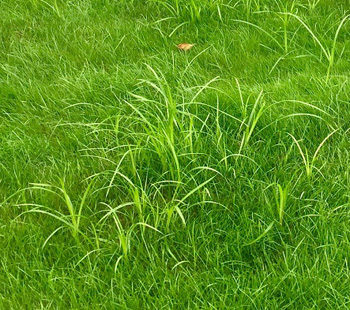
What is Nutsedge?
Nutsedge or nutgrass is technically not a grass, but it looks like one. It grows faster than regular turf grass, and sticks up like a bladed yellowish weed.
It can pop up both in garden beds and in the lawn. Nutsedge has a triangular stem and roots contain small bulbs or tubers that make fighting nutsedge very difficult.
How Nutsedge Spreads
Under optimum conditions, a network of nutsedge plants arising from one tuber can produce 100 or more tubers in about 100 days.
About 80–95 percent of the tubers are located within the top 6 inches of soil. However, tubers have been reported to be present as deep as 18 inches.
Once tubers form, they can remain viable in soils for at least two years if they retain moisture. They can survive even when soils are very dry for short periods. However, if tubers are brought to the soil surface for about one week under sunny conditions, they dry out and die.
Damage to Lawns
Nutsedges are a problem in lawns because they grow faster, have a more upright growth habit, and are a lighter green color than most grass species. These features result in a nonuniform turf.
In gardens and landscapes, nutsedge will emerge through bark or rock mulches, in shrub plantings, and even in vegetable and flower beds throughout the growing season.
Management
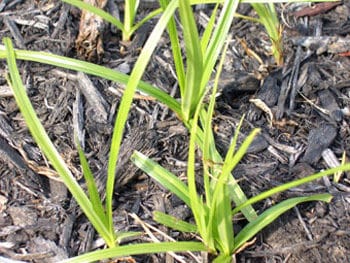 The best approach for avoiding a nutsedge problems is to prevent establishment of the weed in the first place. Once established, nutsedge plants are difficult to control.
The best approach for avoiding a nutsedge problems is to prevent establishment of the weed in the first place. Once established, nutsedge plants are difficult to control.
New infestations of nutsedge occur when tubers are moved from one area of your yard to another. This happens via lawn equipment, soil within plant containers, or among the roots of transplants. Be sure you check your containers and equipment.
Nutsedge thrives in wet soil and lots of sunlight. Having proper irrigation is the first step to preventing nutsedge from growing. No over-watering!
- Nutsedge thrives in water logged soil. An easy fix is to correct your irrigation and soil drainage problems.
- Prevent further tuber growth by removing the young nutsedge plants. Pulling the weeds will work fine, but it is most effective to hoe by hand.
- If tubers are present, repeated removal of top growth will help to keep them under control as it is essentially starving the plant. Note that mature tubers (nutgrass with more than six leaves) can sprout as many as 10-12 times! New sprouts will be weaker than the previous ones, but they will gradually work together to resupply themselves unless removed.
- One of the best ways to avoid nutsedge in lawns in the first place is to cut high (which is good anyway for a lot of reasons). Cutting lower than 3 inches stimulates nutsedge growth.
What Does Not Work
- Using a tiller to destroy mature nutsedge. This technique will only cause the infestation to spread because it moves the tubers around in the soil, allowing them to resprout if they are strong enough. However, repeated tilling in small areas before the nutsedge matures will reduce populations.
- Systemic herbicides, like glyphosate, are a common misplaced effort of destroying the plant. Because the herbicides really only touch the leaves, the tuber remain unaffected.
Glyphosate might work on the younger plant in which the tubers have not formed. Turf grass will absorb the glyphosate, preventing it from reaching mature nutsedge, and possibly damaging your turf grass.
- Black plastic mulching won’t do the trick, as the sharp, pointy leaves will go right through it.
For Garden Beds
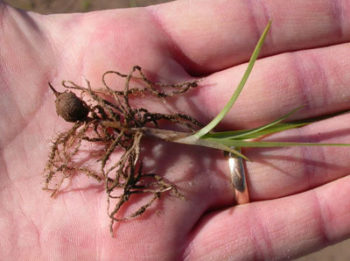 For nutsedge in garden beds, try digging or pulling. Keep at it. Or spray or brush shoots with a kill-everything herbicide such as glyphosate (i.e. Round-Up).
For nutsedge in garden beds, try digging or pulling. Keep at it. Or spray or brush shoots with a kill-everything herbicide such as glyphosate (i.e. Round-Up).
The glyphosate is okay in gardens because the nutsedge is easier to get to and more isolated. Exposure to garden plants, compared to turf grass, is less likely to cause unwanted damage.
Then mulch or plant desired plants to keep nutsedge and other weeds from elbowing their way back into the bed.
Nutsedge can be a battle of attrition. For a really bad nutsedge invasion in a lawn, it may be easier to kill off everything with glyphosate and reseed or re-sod your lawn from scratch.
Ryno Lawn Care is here to help manage your lawn and landscape. Call now for your free consultation.

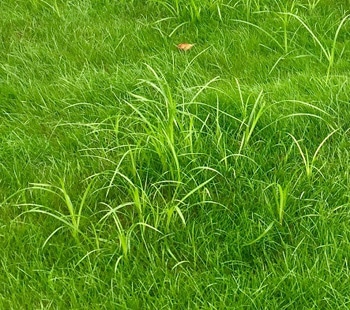

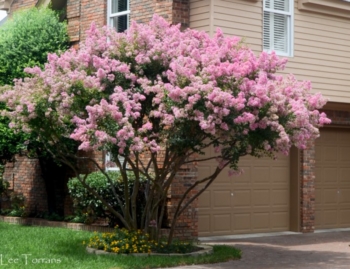
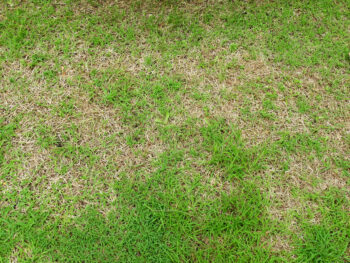
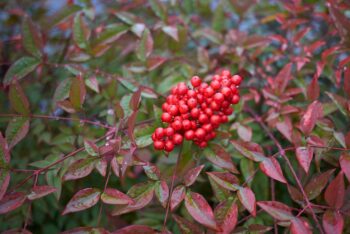
10 Responses
Well this explains why my yard looks so odd after I mow the lawn! I had no idea that this type of “non-grass” grew faster. I swear it blends right in but you can see where it is in my yard just a few days after mowing! I take it you guys know how to get rid of it? I may be in touch. It has been a pain in the but since the wife and I moved in here 2 years ago. I can’t seem to keep up with it.
Tenacity takes it out in about a month. It will turn white then die. Then be vigilant afterwards at the known spots.
I have used everything from Sempra, glysophate, vinegar, hand pulling, petrol, bleach and finally killed a large section of my lawn but the stuff just keeps coming back within 2 -4 days. I have been fighting it for nearly a year. Nothing works. I was hoping to lay new buffalo turf, but I’m afraid it will grow right through and I’ll have wasted a lot of money and still not get rid of it. I mowe long, water, feed but nothing works. I am on an acre and it has invaded about 200sqm. HELP….
We had Bermuda grass when we moved in 47 years ago. The folks next door and behind us had St. Augustine, which gradually took over our lawn completely. I have found that when the St. Augustine is healthy, it keeps the nut grass under control. It’s in the flower beds that we have a real problem. I hate using Roundup because the least little spray on adjacent plants kills the plants. (And, there is a cancer scare about it also.) I have gotten to where I can’t be down on my knees digging the stuff out because of a back injury.
We had a neighbor who was putting in a Doughboy pool several years ago. He used a vegetation killer, killed all the grass where he was putting the pool, and installed the pool. Within a week, those darn things poked holes in bottom of the heavy plastic pool! Amazing.
Other neighbors said that back in the 60s there was a big fire in the hills just north of us. Apparently someone thought it would be a good idea to seed the area where the fire had been before rainy season, so a helicopter was sent to do so. But, whether from wind or just extra leftovers from the container, the seed was dropped here in our area. There are houses less than two block away that don’t have nut grass, just where the helicopter flew after seeding the fire area! Wish I had known!!
Sledgehammer works great and it’s not expensive.
This is from a TruGreen invoice last week. Is this true?
“I noticed nutsedge growing in your lawn. Nutsedge is a weed favored by warm wet conditions….
Do not pull the nutsedge, as this will encourage more to grow. “
Is their any product that will really keep nutsedge from returning and Torpedograss is starting to show up.Thx for any advice.Going crazy
20% vinegar (2 parts) w/ lemon juice (1 part). Spray in heat ONLY on nutgrass. Within 2 days of no rain you’ll see dead. Take shovel go way down below nuts (feel with hands)
I had it about 15 years ago when we first established our yard. I weeded by hand all summer and made sure I got every one I could see. I pulled slowly to make sure I got the entire thing. I had to be vigilant throughout the summer, but I finally got it to stop coming back – super healthy grass and pulling it for a season might work. It did for us. But this year, 2021, I’m now seeing it again for the first time since about 2006. So it’s back to pulling and paying extra attention to feeding the grass for a season. Oh well, I used to love weeding – hope I still do!
My yard has a ton of this weed. It is so much that it cannot be treated 1 weed at a time and they are bunched together in a huge, huge, area. Is there a time when this dies on it own maybe from the cooler temperature or does it automatically run its course and die on its own?